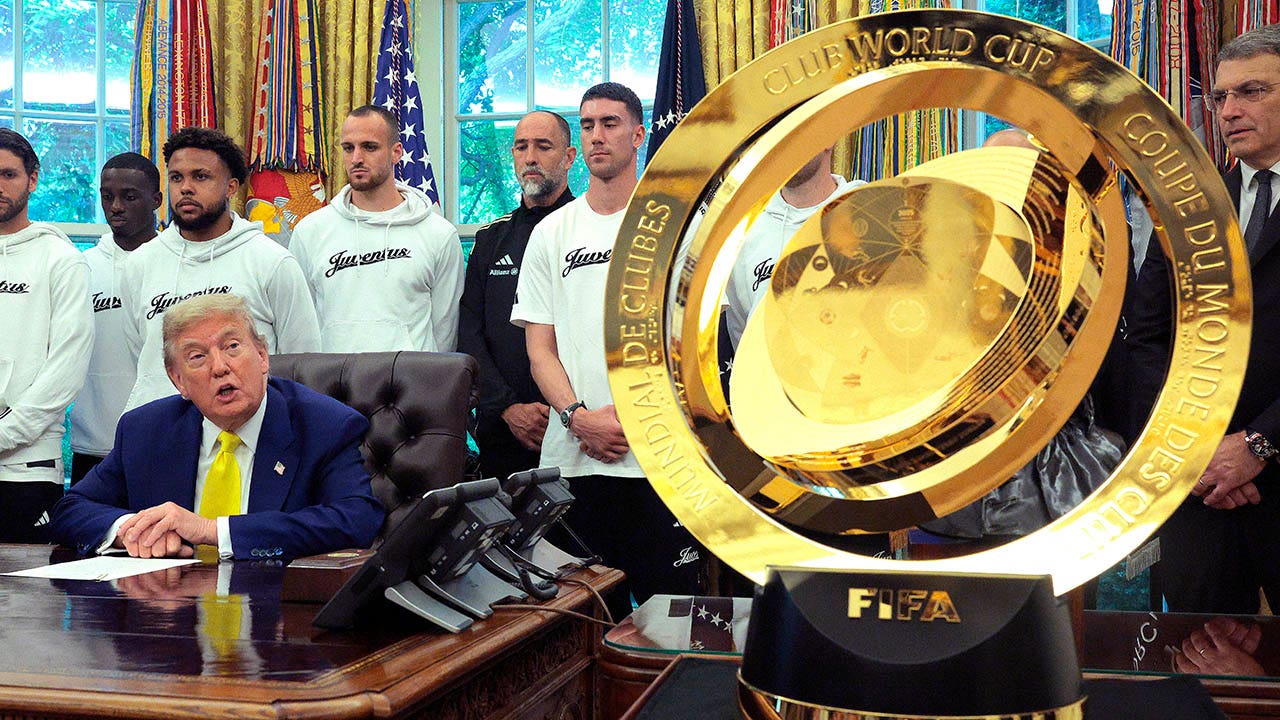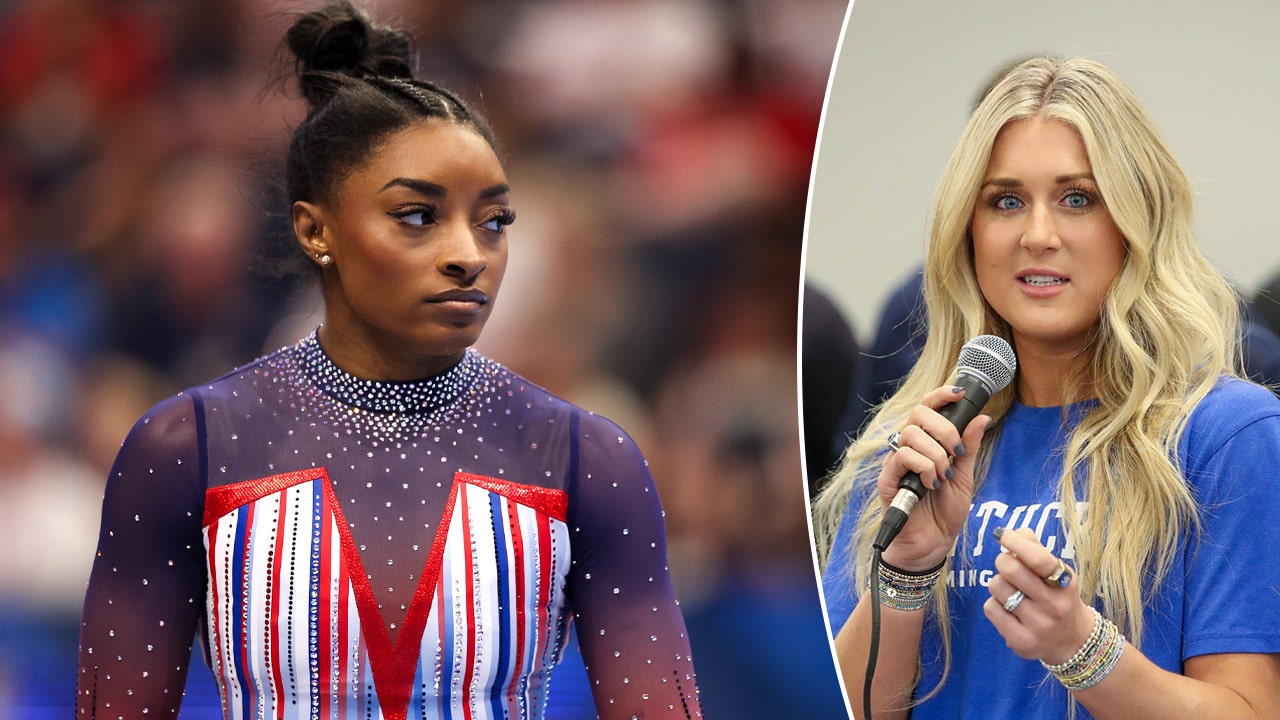The USATF national championships put financial pressure on athletes despite the long list of sponsors

This is a column by Morgan Campbell, who writes opinion for CBC Sports. For more information about CBC’s Opinion Sectionsee the FAQ.
The USATF National Championships, which kicks off Thursday night in Eugene, Oregon, isn’t just the event where American hopefuls gather to try and qualify for the World Championships. Aside from the worlds, the USATF nationals are perhaps the toughest competition in the world.
On worlds where the best of the very best come together, it’s normal to see three or more sprinters surpass 9.9 seconds in the men’s 100m – last year’s world medalists were Fred Kerley (9.86 seconds), Marvin Bracy-Williams (9.85) and Trayvon Bromel (9.88). And the podium of US citizens last month? Same participants, same order, all under 9.9.
And that’s just one event, and US citizens have prime-time performers in a variety of disciplines. Such a talent attracts sponsorship dollars.
Corporate donors include telecom company Xfinity, presenting sponsor of the men’s 100 meters, and Nike, which will present the women’s 100 meters. Prevagen, the brain-stimulating supplement, is sponsoring the 800 for women, and the entire competition is brought to us by Toyota.
Those companies represent a partial list, but several free-spending sports sponsors are notable for their absence. Not events presented by sportsbooks, and none by Ozempic or Rybelsus, the anti-diabetes drugs commonly used for weight loss. The first event is not yet on the schedule and we have already set a record — the first major North American sporting event to take place in 2023 without the help of gambling companies or semaglutids.
Paying the bill
Another notable, indirectly connected, subplot to this track meeting: Some of your favorite athletes go into significant credit card debt to get the chance to compete in an event with no entry fee or prize money. Perhaps it’s a normal setup in Olympic sports, where more funding is an evergreen need for most national sports organizations. But these are abnormal circumstances.
Whether the cause is inflation or price gouging, just about everything costs more these days. And if this Reuters article illustrateslooms a long, expensive journey between athletes and the starting line in Eugene. Long jumper Tara Davis-Woodhall tweeted that the cheapest flight to Eugene from her training base in Arkansas would cost $1,200 US. Sprinter Kenny Bednarek pointed out that he also had to pay for his support staff to travel.
Flights, lodging, food, incidentals – it all adds up to an added financial strain on athletes in a sport with a stressed, shrinking middle class.
Solution – More deals from the organizers with more hotels and Airbnb to accommodate athlete teams, family and especially athletes not covered by sponsors
There is no analog to this situation in mainstream, North American professional sports. NFL players don’t pay their own way to travel to road games. Nor are college athletes, who technically aren’t paid to play.
Even in boxing, where there are few rules, and promoters sometimes cut corners, no one expects the b-side fighters filling out local maps to fly themselves in from Mexico, Argentina or Hungary. Promoters pay to bring you in and place you, in the same way Diamond League track meet organizers do.
LOOK | Canada’s Aaron Brown on how to improve athletics’ pay structure:
Host Morgan Campbell talks to two-time Olympic medalist Aaron Brown about how a change in track and field structure could help athletes receive more money.
Again, elite athletes in Olympic sports know that national championships are not the same as track events. Transportation and lodging are the responsibility of the athlete and veterans are used to the routine.
In some ways the location is a good idea. Eugene, home of the University of Oregon, and its powerful Nike-sponsored athletic program, bills itself as Tracktown, USA. For stakeholders in a niche sport, it must be nice to know that deep local interest in your event is guaranteed. If Yared Nuguse walk into a cafe in Eugene, people will recognize him as Yared Nuguse, the distance runner. In New York or Chicago, they might not know it’s him unless he’s wearing a bib that says “Yared Nuguse…the distance runner.”
But there are tradeoffs. For example, the Pacific time zone makes for inconvenient broadcast times for major events. The men’s and women’s 100-meter finals on Friday night begin just before midnight Eastern. A minor inconvenience for the hardcores, but for the casual fan, the start time almost begs you to do something else.
And then there is travel. Eugene is not Portland, which has a major international airport and non-stop flight options. Eugene is Eugene, which means booking travel with less than two weeks’ notice choose from a list of long, expensive, multi-segment flights.
Plenty of storylines
For those fans who manage to get there, as of Wednesday afternoon tickets were still available for Friday’s session, with the Men’s 100, Women’s 100 and storylines aplenty.
Sha’Carri Richardson will compete in the women’s event. Avid track followers are intrigued by her potential, casual fans love her swagger and we’re all curious if 2023 will be her breakthrough season.
In the men’s, Bromell and Bracy-Williams are back, as is Christian Coleman, the 2019 world champion. But the favorite might be Noah Lyles, who set an American record when he ran 19.31 to win the world title in the 200 meters last summer. That gold medal pre-qualifies him to run the 200 at world championships, so he’s running the 100 at nationals, hoping to win double gold in Hungary next month. Kerley, the 2022 100m champion, will skip that race for his part to focus on the 200m in Eugene. He too plans to win both short sprints on worlds.
He and Lyles can’t both be right.
LOOK | Lyles equals Bolt’s record for most 200m finishes under 20 seconds:
Reigning world champion in the 200m Noah Lyles kept his winning streak alive, para-triathlete Kamylle Frenette suffered a bike malfunction that forced her to run 4km on her bike. This and more in our weekly recap of Atletiek Noord.
For the super elite sprinters likely to make the cut, getting to the line is less of an issue. They are often subsidized by big-budget sponsors who, if they can’t shorten the trip, can at least mitigate the financial impact.
But for athletes who are backed by smaller companies, or, like hurdler Alaysha Johnson, not sponsored at all, the costs are almost prohibitive.
“It’s better to have something central, more affordable for every athlete of every caliber,” Johnson told reporters at the NYC Grand Prix last month. “If they have the standard, they should be able to come and not worry about being in debt.”
For the BIGGEST meeting in the USA, for American athletes in Track & Field, with THE best athletes on the track and field. How is there no budget to cover travel costs with accommodation + meals? Every international meeting I’ve been to, it’s the STANDARD.
Or maybe raise money to start a fund to help cover the costs of the trip to Eugene.
Would a ticket surcharge be sufficient? A 50/50 tie? Pass the hat? Those ideas are so 20th century.
This track race has a long list of sponsors and it is 2023.
Maybe it’s time USATF asked its doctor about a popular diabetes drug.





